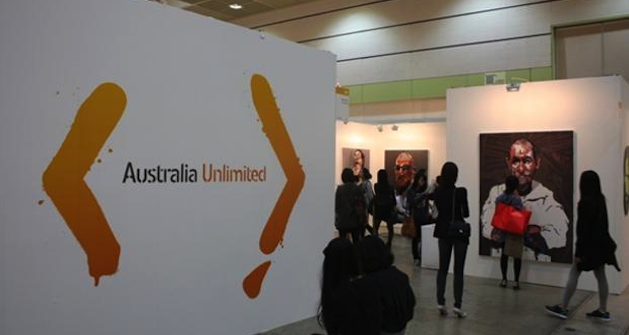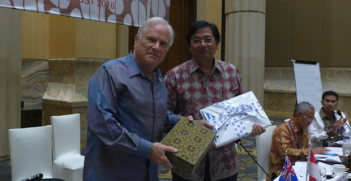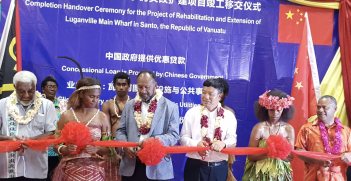Austrade: Plaything or Perpetual Performer?

Despite being Australia’s primary government export facilitator, Austrade remains vulnerable to government policy or budgetary changes.
The Australian Trade Commission, or Austrade, came into existence in January 1986 as a statutory government agency, initially tasked with coordinating and facilitating the country’s export promotion schemes. Then Minister for Trade, John Dawkins, known more for his deliberations in Education and Finance rather than Trade, was the architect of this new organisation. It was meant to be the most ambitious change on the government trade promotion landscape since the creation of the Trade Commissioner Service in 1933 defined by Schedvin as the “Emissaries of Trade” (2008). This transition from the Trade Commissioner Service, along with four other smaller export units into a “one-stop–shop”, was visionary and exhilarating all at the same time. More importantly it was typical of the Hawke-Keating period of the 1980s and 1990s – a Labor government aggressively pursuing a reform agenda, as it had in other areas of economic policy.
Austrade was tasked with helping exporters get into global markets – the nation’s eyes and ears to improve the chances of exports sales. Later, this was extended to promote investment, education services and tourism policy. More importantly, from the Trade Minister’s standpoint, Austrade needed to harness the disparate segments of export promotion and better focus and direct the attention to markets that needed assistance. This new organisation emerging in the 1980s did so in an economically challenging climate, but with the advantage of an invigorated government ready for economic reform. It was a Labor government prepared to turn the tables economically and, ironically, do what was more expected of a conservative government.
At the time it appeared to Dawkins that the Trade Commissioner Service, was conflicted between trade policy duties and the task of active trade promotion, a conflict that led “…to the deterioration in export performance” (Schedvin 2008: 328). Dawkins saw these conflicts within the Trade Commissioner Service as issues at the forefront of Australian export performance which were to be tackled.
The justification for Austrade, as Dawkins saw it, was for an organisation which needed to get on with trade promotion as a single entity and at the same time not be shackled with trade policy work. Behind much of the strategy which would provide content to the aims and objectives of this new organisation would be the report produced by a government-appointed Export Marketing strategy panel in December 1984 entitled “Lifting Australia’s performance as an exporter of manufactures and services”. It became commonly known by many as the Ferris Report, named after its author Bill Ferris, then Manager of Barlow Marine Limited, a successful exporter of boat fittings.
The formal establishment of Austrade as a statutory agency would be with an external Board (predominantly of business leaders) along with a Managing Director who would report to the Board and thence to the Minister. With the Uhrig Review, the Austrade board was removed in 2006. Austrade began with great expectations and behind it an effective and experienced Trade Commissioner Service. Its international footprint was exceptional for a small nation like Australia. It had no sprawling bureaucracy and was able to operate with a minimum of resources and personnel (which has remained to this day). The staffing level of the Australian Trade Commission at the time of its formation was 1,327 of which 137 were actual Trade Commissioners. The rest of the staff were Australian based or skilled overseas locally engaged. Today it has just under 1,000 employees – more than half based overseas.
The early beginnings of Austrade were far from smooth sailing, despite the exciting and exhilarating way in which it came about. There was little in the way of a blueprint and the Austrade merger of disparate divisions of the export area was equally testing for all. This newly merged organisation in its early days found itself a source of political power play between the two sides of Australian politics, a position Austrade did not relish. From the days in which its predecessor, the Trade Commissioner Service (as well as the Department of Trade), was often considered the plaything of the Country/National Party to the cold shower of the incoming Howard government in 1996, Austrade became a victim of political partisan identification, which only added to its extraordinary difficulty in establishing itself as an export facilitator.
Austrade has been Australia’s primary and indeed preeminent government export facilitator since it was established. Austrade arose out of a merger of five disparate segments of export-related activities within various government portfolios. But since its establishment, it has lived a rather precarious existence. Austrade is at the behest of each change of government or policy and each financial budgetary cycle. Combined with the government’s obsession with reining in excess government expenditure in the economy, Austrade’s effective operation has become even more difficult. Why after almost thirty years of existence is Austrade still vulnerable and insecure? Why can it still find itself targeted for removal as a government export and international business facilitator as was witnessed in 2014 with the Commission of Audit Review?
Bruno Mascitelli is an Associate Professor in European Studies at Swinburne University. This article can be republished with attribution under a Creative Commons Licence.





